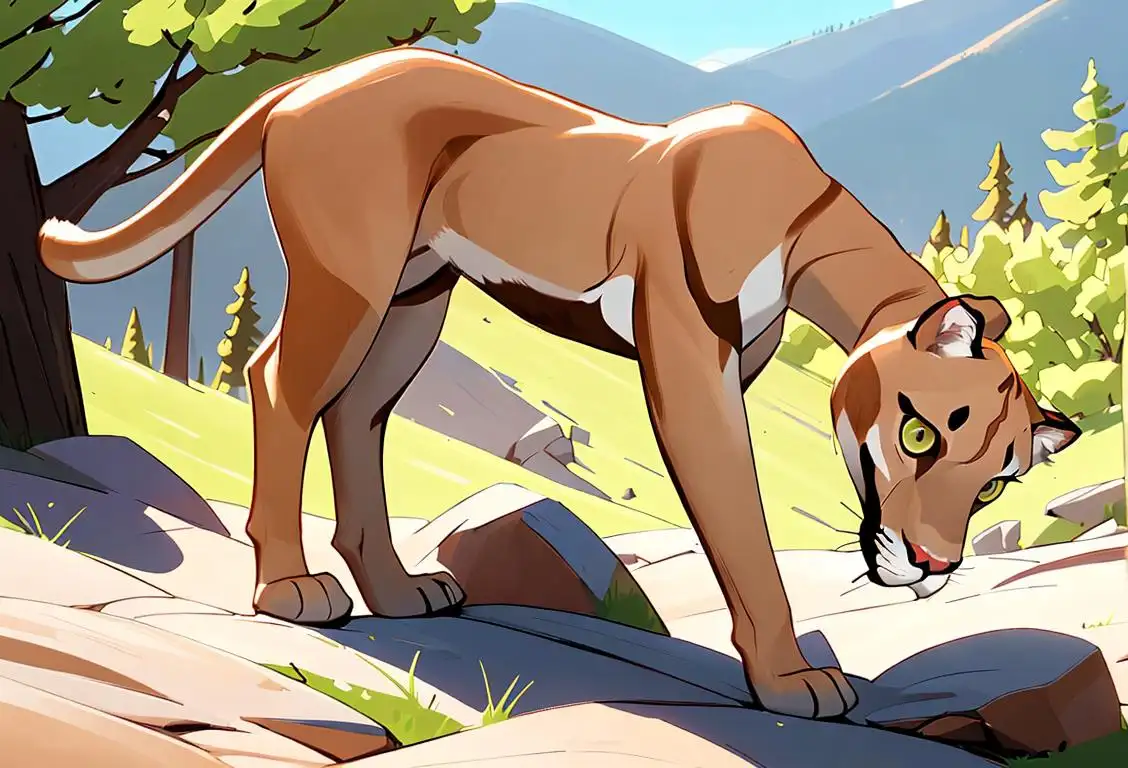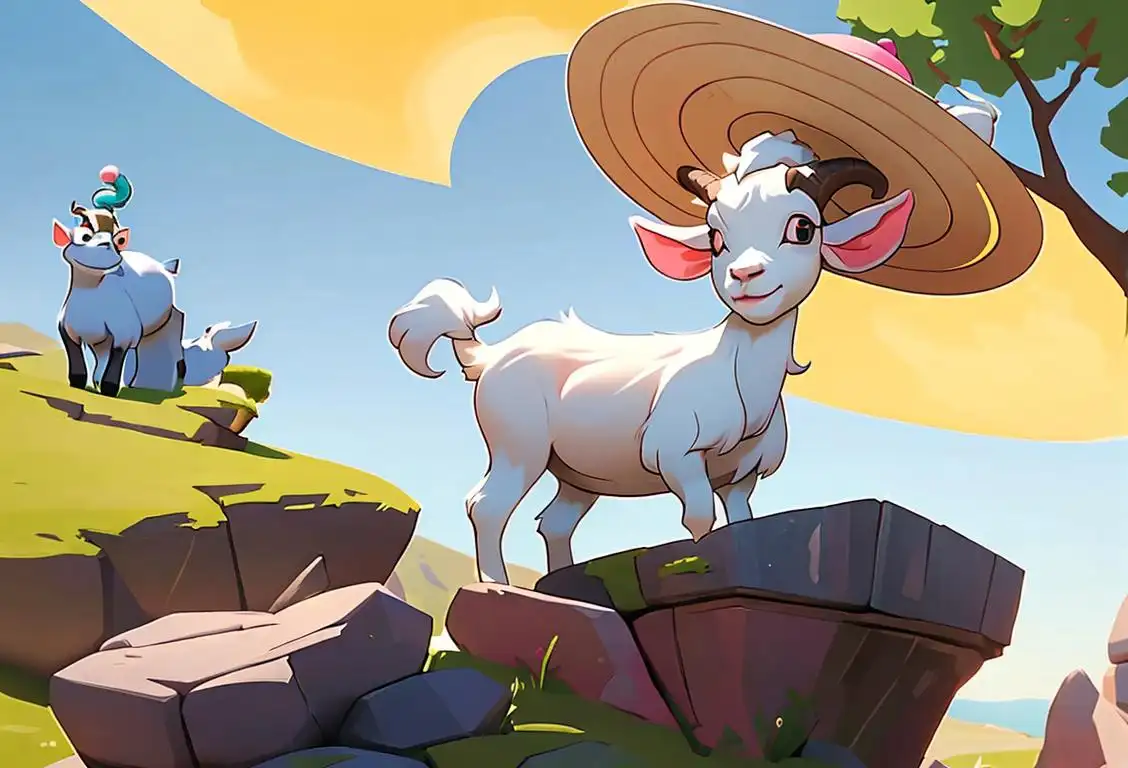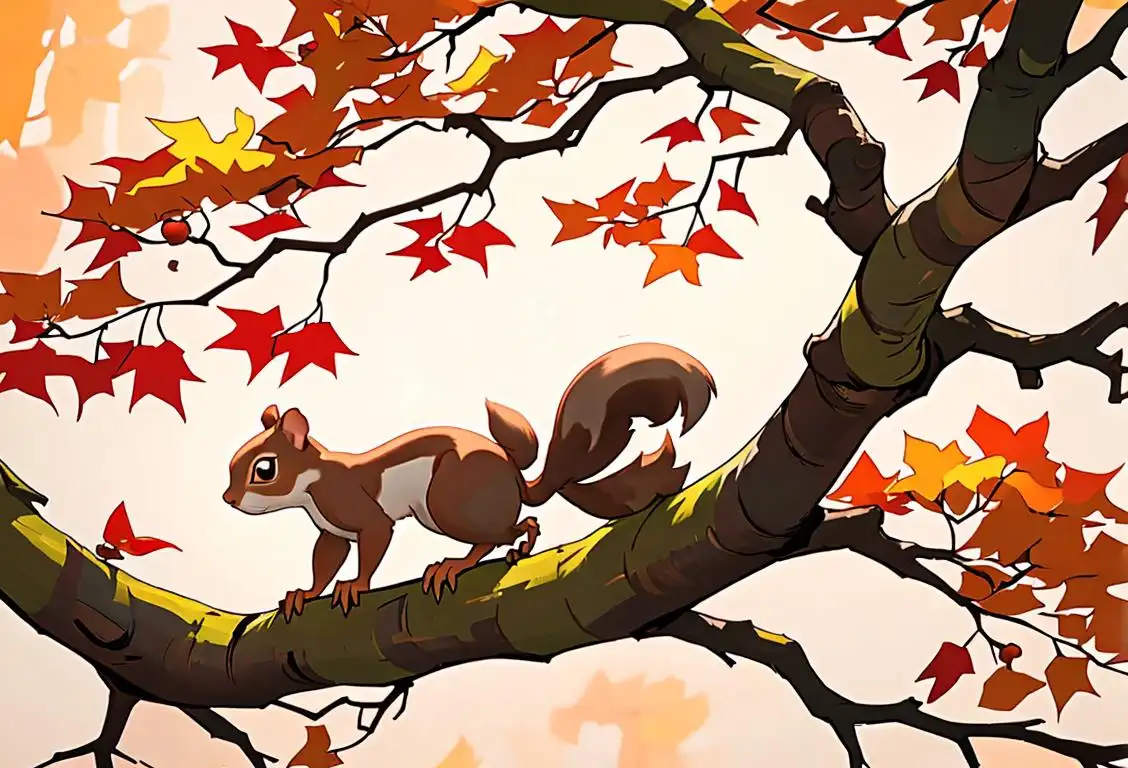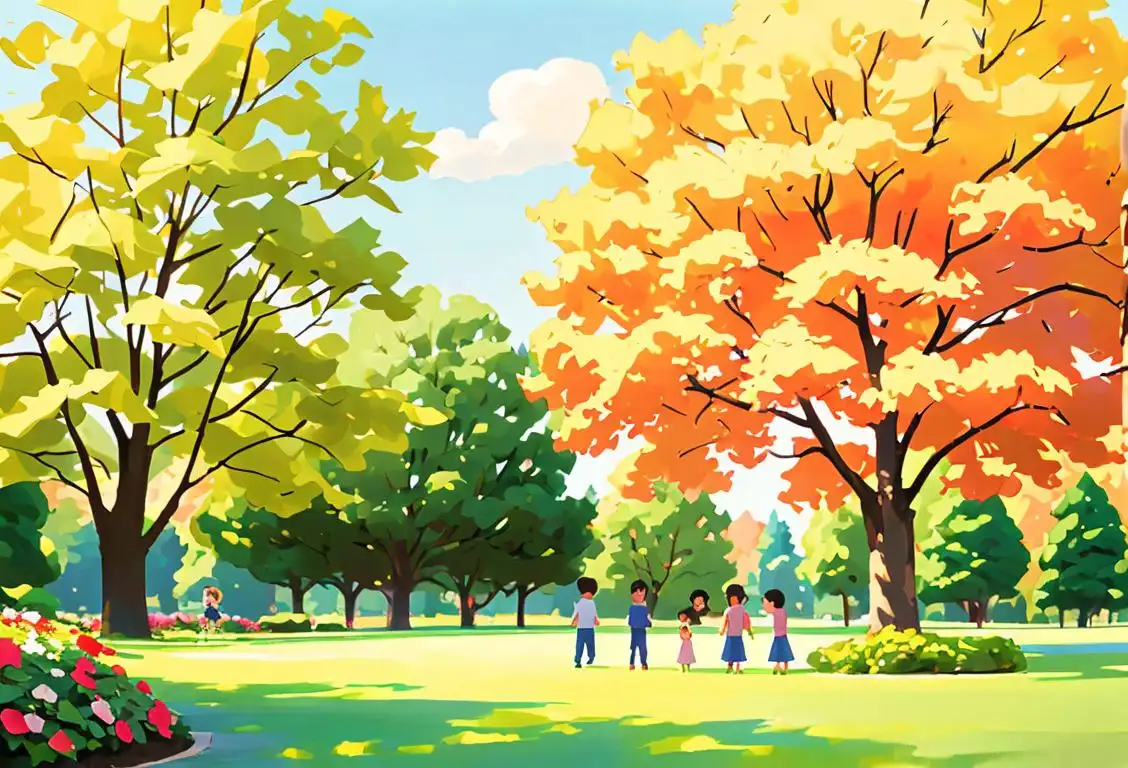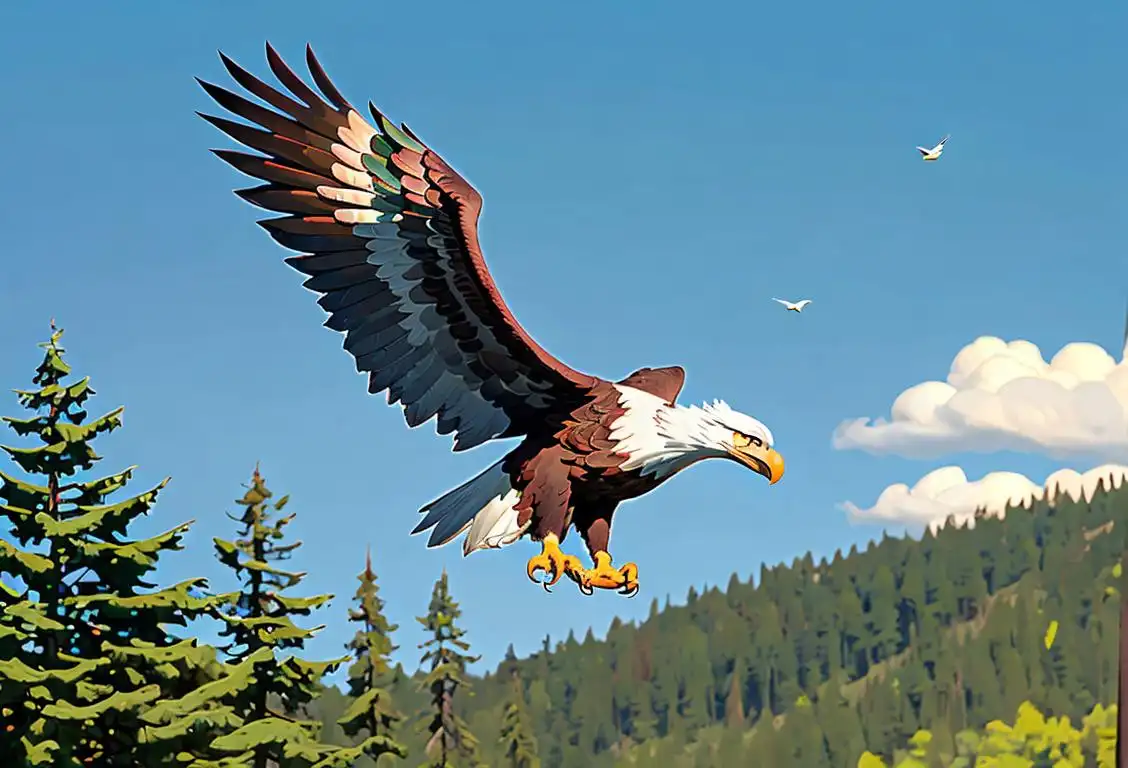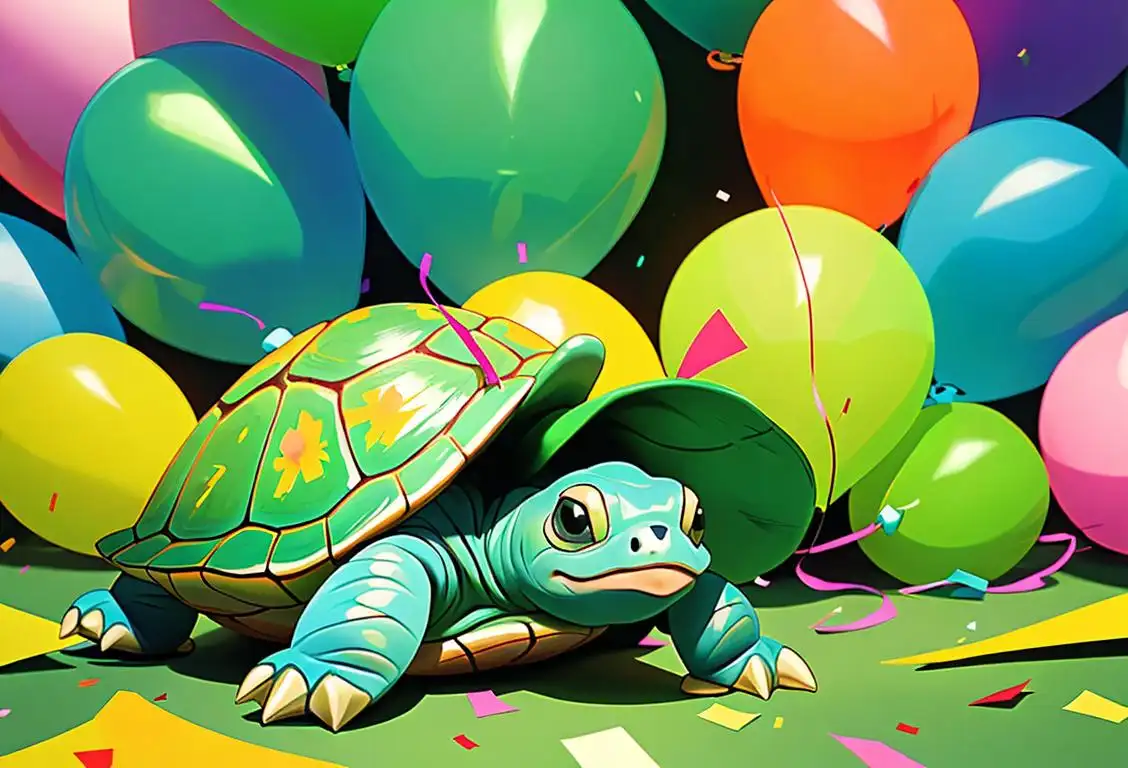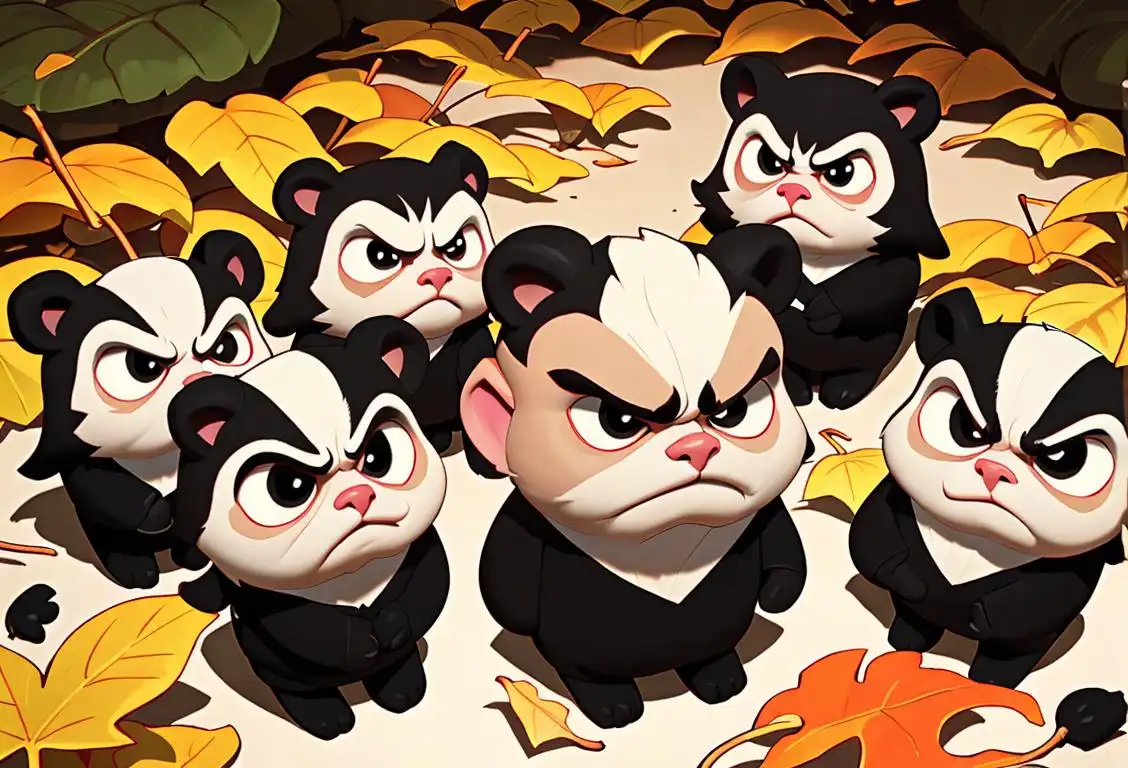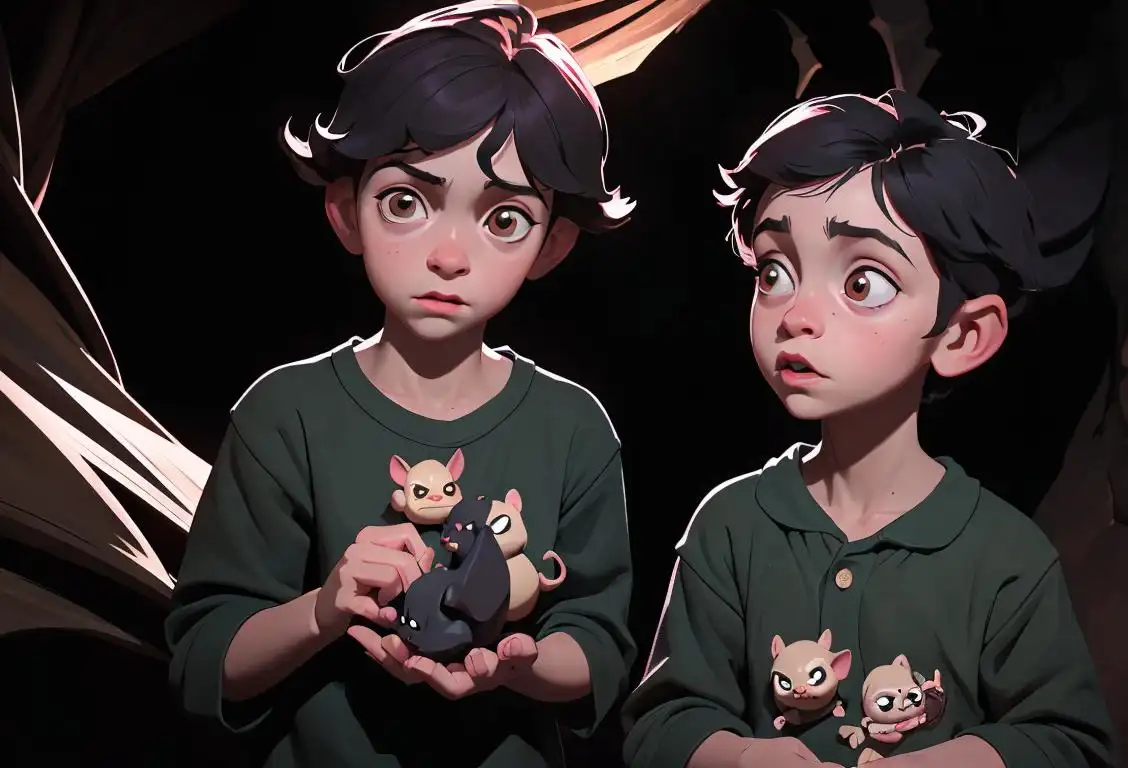National Wild Life Day
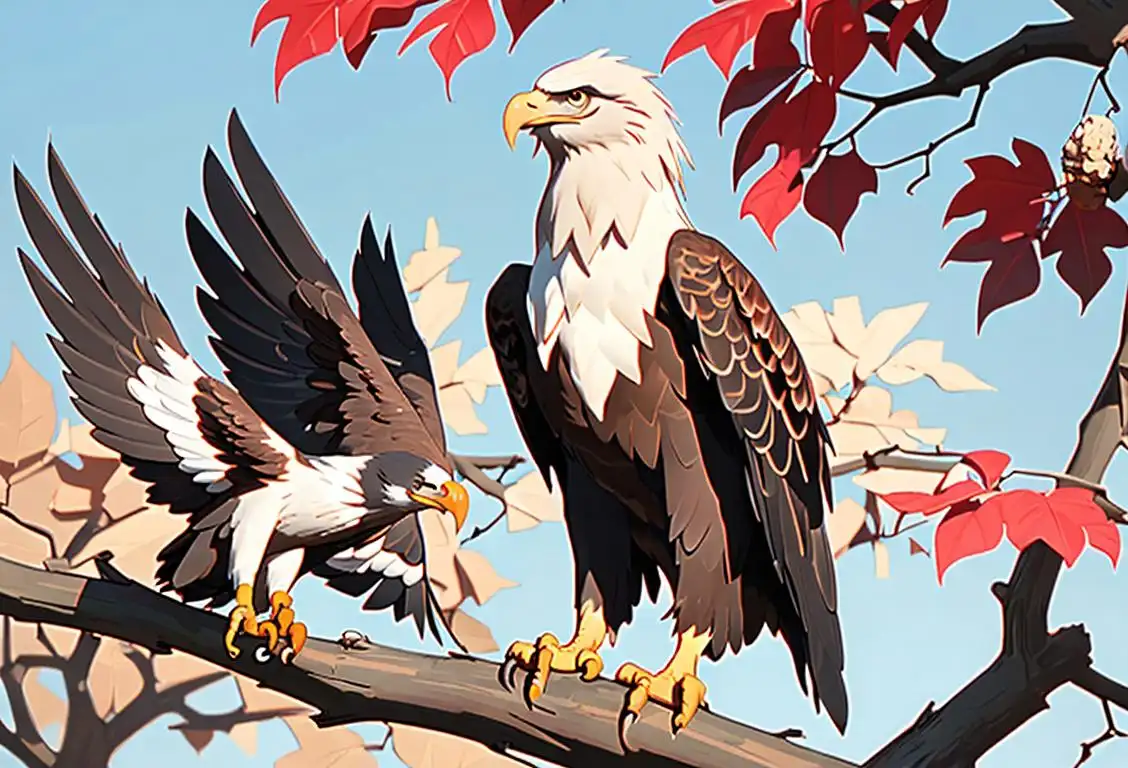
Welcome to WhatNationalDayIsIt.com, where we uncover the internet history of all your favorite national days! Today, we're diving into the wild world of National Wildlife Day.
When is Wild Life Day?
It's national wild life day on the 4th September.
National Wildlife Day: Celebrating the Wonders of the Animal Kingdom
Every year on September 4th, nature enthusiasts, animal lovers, and adventure seekers alike come together to celebrate National Wildlife Day. It's a day dedicated to appreciating the breathtaking beauty and diversity of the animal kingdom.
Whether you're fascinated by roaring lions, graceful dolphins, or quirky insects, this day is all about spreading awareness and conservation efforts to protect our beloved wildlife.
So how did National Wildlife Day come to be? Well, it was established in 2005 by animal behaviorist and television personality, Colleen Paige. Her passion for wildlife conservation led her to create this special day, which also coincides with the anniversary of the untimely death of television icon and wildlife preservationist, Steve Irwin. It's a day to honor his legacy and continue his mission of protecting and preserving wildlife.
How to Celebrate National Wildlife Day
Ready to embark on an adventure in the great outdoors? Here are a few fun and meaningful ways to celebrate National Wildlife Day:
- Visit a local wildlife sanctuary and learn about the animals they care for. You might even get the chance to meet some furry or feathered friends up close!
- Organize a nature clean-up event in your community. Gather a group of friends or loved ones and make a positive impact by clearing litter and debris from natural habitats.
- Support wildlife conservation organizations. Consider making a donation to organizations dedicated to protecting and preserving wildlife.
- Take a hike or go birdwatching. There's no better way to appreciate the wonders of the animal kingdom than by immersing yourself in their natural habitats.
National Wildlife Day: Did You Know?
Did you know that there are more than 8.7 million known species of animals on this planet? From the tiniest insects to the largest mammals, the animal kingdom is truly diverse and awe-inspiring.
Tags:
awareness, loved ones, nature, conservation, animals
History behind the term 'Wild Life'
1300s
The Origin of 'Wild'
In the 1300s, the term 'wild' started to emerge in the English language, derived from the Old English word 'wilde'. It was used to describe untamed or uncontrolled natural phenomena, such as plants, animals, and landscapes. The concept of 'wildness' conveyed a sense of natural beauty, but also a lack of human influence or domestication.
1600s
Expanding the Meaning
By the 1600s, the term 'wild' began to encompass not only the untamed flora and fauna but also the natural habitats in which they thrived. It came to represent the untamed wilderness, showcasing the vast diversity and complexity of natural ecosystems. The term 'wild' started to evoke a sense of adventure and awe in exploring and discovering the wonders of the natural world.
1800s
Introduction of 'Life'
In the 1800s, the term 'wild life' emerged as a fusion of 'wild' and 'life'. This combination aimed to capture the diversity of living organisms found in the wild, emphasizing the interconnectedness and interdependence of all elements within ecosystems. 'Wild life' became synonymous with the study, preservation, and appreciation of biodiversity.
1900s
Establishing 'Wildlife' as a Term
During the 1900s, the term 'wildlife' gained widespread usage and recognition. It became a commonly used term in the fields of biology, ecology, and conservation, referring to all undomesticated plants, animals, and organisms in their natural habitats. 'Wildlife' became closely associated with the efforts to protect and conserve natural areas and the creatures that inhabit them, promoting the understanding of the intricate web of life on Earth.
Present
Contemporary Significance
In the present day, 'wildlife' continues to hold immense cultural and conservationist significance. It represents the remarkable diversity of lifeforms found in the natural world and the urgent need to protect and conserve them. The term evokes a sense of wonder, inspiring people to connect with nature, raise awareness about environmental issues, and participate in efforts to preserve fragile ecosystems. 'Wildlife' serves as a reminder of the important role humans play in safeguarding our planet's natural heritage.
Did you know?
Did you know that there are more than 8.7 million known species of animals on this planet?Tagged
awareness loved ones animals nature conservationFirst identified
4th September 2019Most mentioned on
4th September 2019Total mentions
35Other days
Wild Life Day
Cougar Day
Goat Day
Ellie Day
Squirrel Appreciation Day
Arbor Day
American Eagle Day
Turtle Day
Badger Day
Bat Appreciation Day
